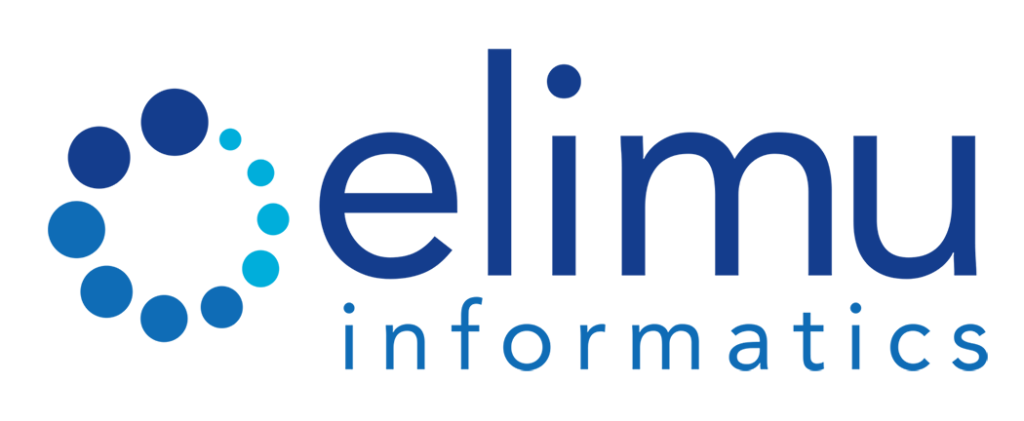Sep 9, 2021 | Jim Shalaby
Value sets can be extremely useful constructs and are essential components of CDS rules, reporting criteria definitions, and quality measures (eCQM) reporting. Unfortunately, they can also be highly challenging to create or maintain even with the best available tools. For those of you who are not familiar with a value set, it’s a collection or grouping of codes created to represent a clinical meaning in a specific context. For example, a grouping of codes that represent outpatient antihypertensive medications, medications that cause immunosuppression, lab tests for monitoring diabetic glucose control, or problems that might be a consequence of long COVID19.
Value Sets in Medications and Labs
The most complicated clinical domains to create value sets in are medications and labs. These are complex because they are “synthetic” clinical domains with complex relationships and attributes that make defining a meaningful and maintainable value set challenging. What I mean by synthetic is that these are clinical terminology domains that are human constructs like medication, devices, and lab tests rather than environments that model natural things such as a disease, symptoms, and allergies. For example, the medications domain is based on the defining attributes of a medication: Ingredients packaged in a dosage form in specific amounts intended for a particular route(s) of administration. Labs are another example where the model is based on analyzing specific substances in specified specimens using specific methodologies done over different timing intervals. Labs and medications based value sets are challenging because they require careful thought about how to construct a value set using these attributes and relationships in a way that (a) produces the desired results and (b) is maintainable over time.
Maintaining Value Sets
Poorly modeled or maintained value sets in electronic health records are a frequent cause of incorrect functioning of clinical decision support or analytic reporting errors. Our experience at Elimu Informatics has taught us over the past 18 years that spending some time thinking about how a value set should be defined and understanding the features and limitations of the reference terminologies and tools that we’re using is time well spent. This is especially true for medications based on value sets because while the content is highly volatile, the definitions we create are very stable. For example, new brands and strengths of medications are introduced into the market every week. However, by creating set value definitions based on regular attributes of a drug, we can define even the most complex value sets in record time with extreme accuracy and maximized maintainability over time.
So, for example, defining a value set in terms of the therapeutic class it belongs to then specifying inclusion and exclusion criteria based on ingredients +/- dose forms +/- intended routes +/- strength limits can add a tremendous amount of stability and accuracy. This accuracy can improve the specificity, reliability, utility, and accuracy of clinical decision support content on value sets. As subject matter experts in this domain, we’ve used just about every terminology/value set authoring tool available in the market today (ranging from available tools such as VSAC to the breadth of proprietary tools available today). The devices are an essential part of the value set modeling equation. Still, the one constant that has always been applied across the board is the methodology and expertise we leverage to account for the capabilities of the tools and reference terminologies.
Where We Are Now
Today, I’m very excited to share that we’ve reached a level of maturity where we can produce value sets in any clinical domain (but especially in synthetic domains) in less time, more accurately, and with more stability than any other professional group in the industry. We have recently produced medication value sets for several quality measures and FHIR IGs in a fraction of the time it usually takes to make them in VSAC or other proprietary tool platforms. To date, we have produced over 9600 value sets (over 1200 in VSAC) across all clinical domains and breadth of context ranging from FHIR profiles to proprietary CDS systems. Again the key to this increase in efficiency is:
- Understanding and optimally leveraging characteristics of the reference terminology.
- Understanding the capabilities and limitations of the tools.
- Understanding the clinical domain and context of use for the value sets that need to be constructed.
Having deep subject matter expertise in these areas makes a world of difference in cost and quality.
If you want to learn more, have questions, or just want advice, we offer robust professional knowledge engineering services so please don’t hesitate to reach out to us today!
